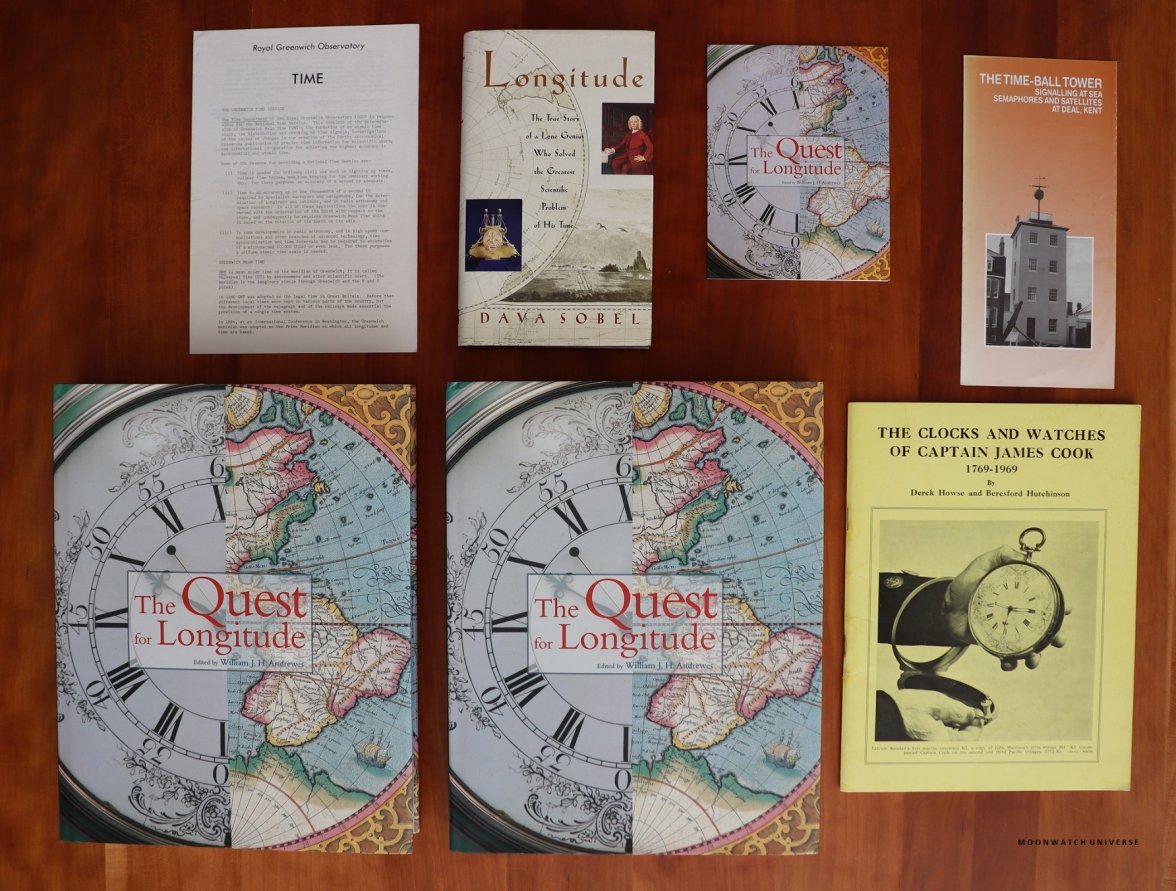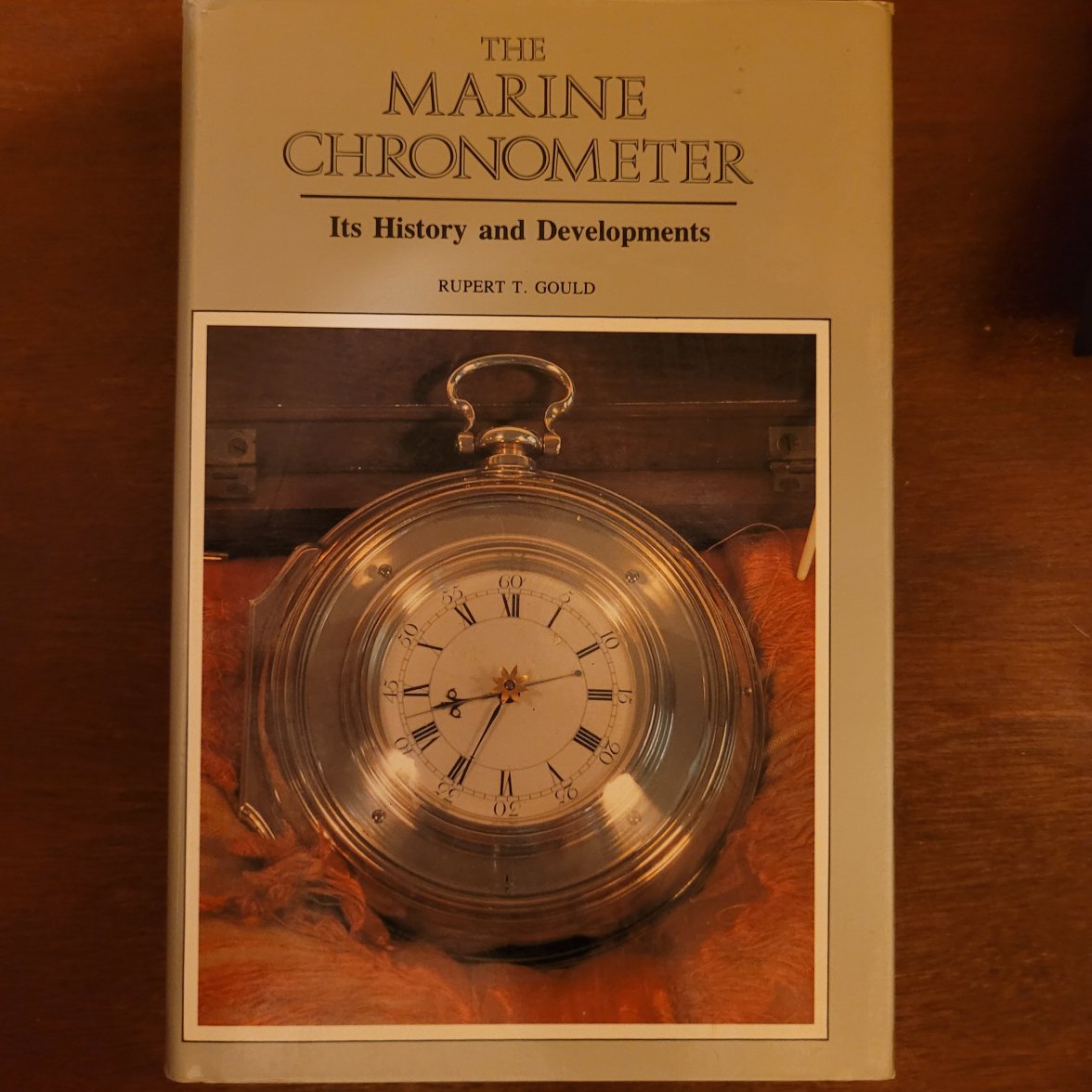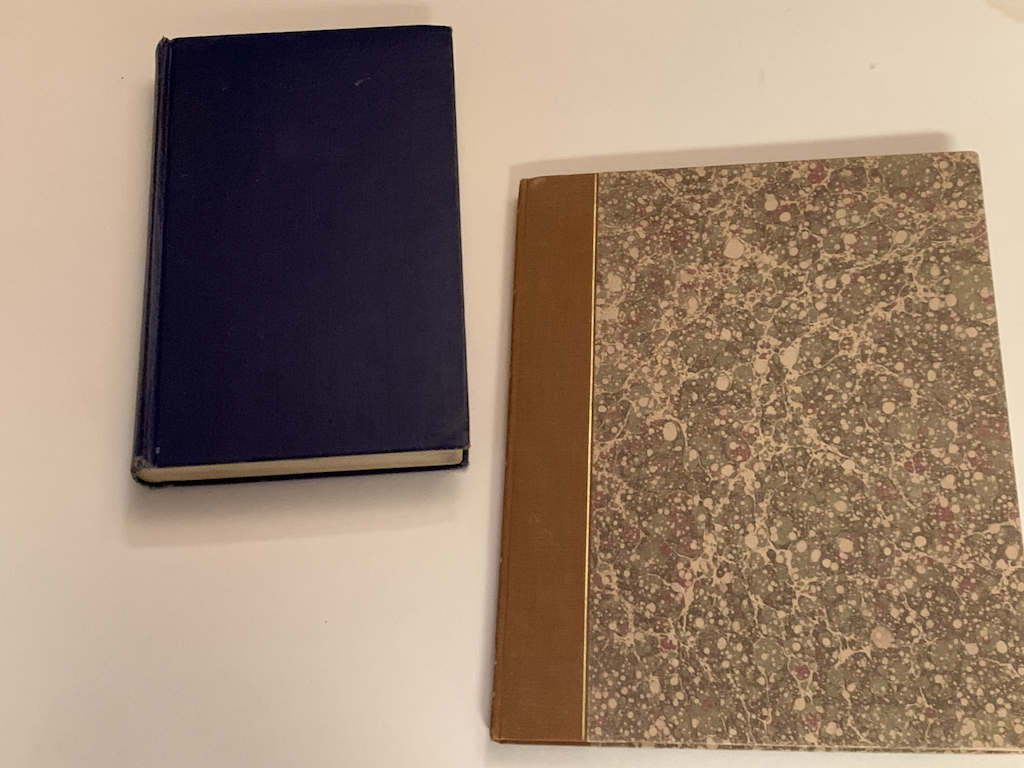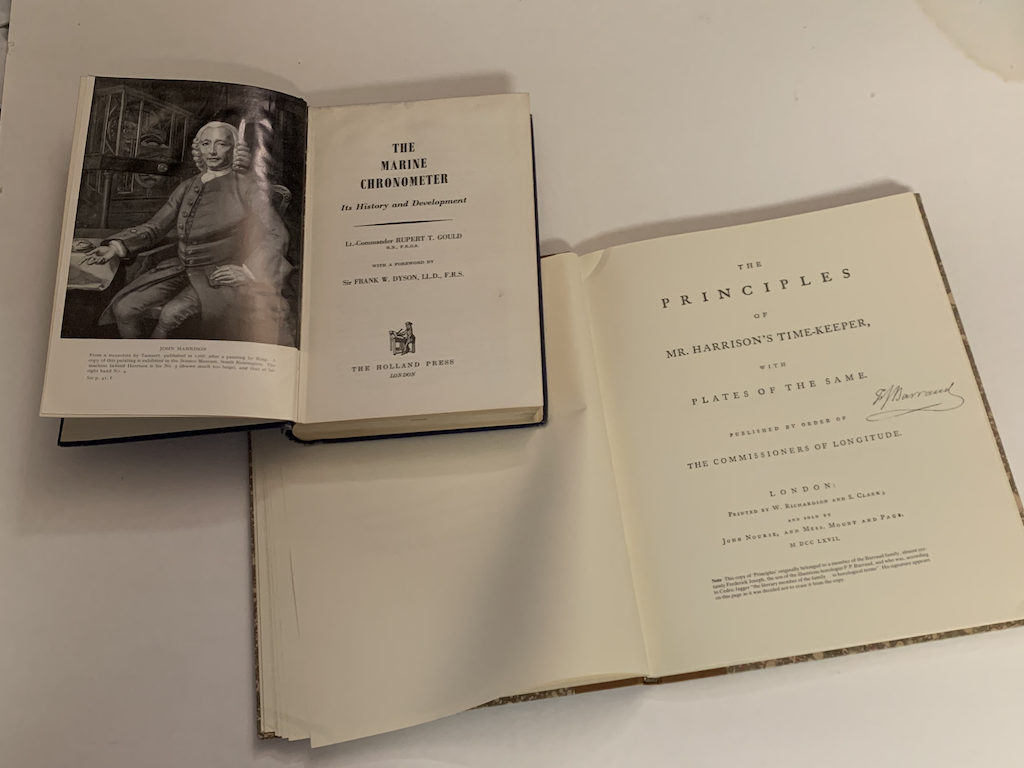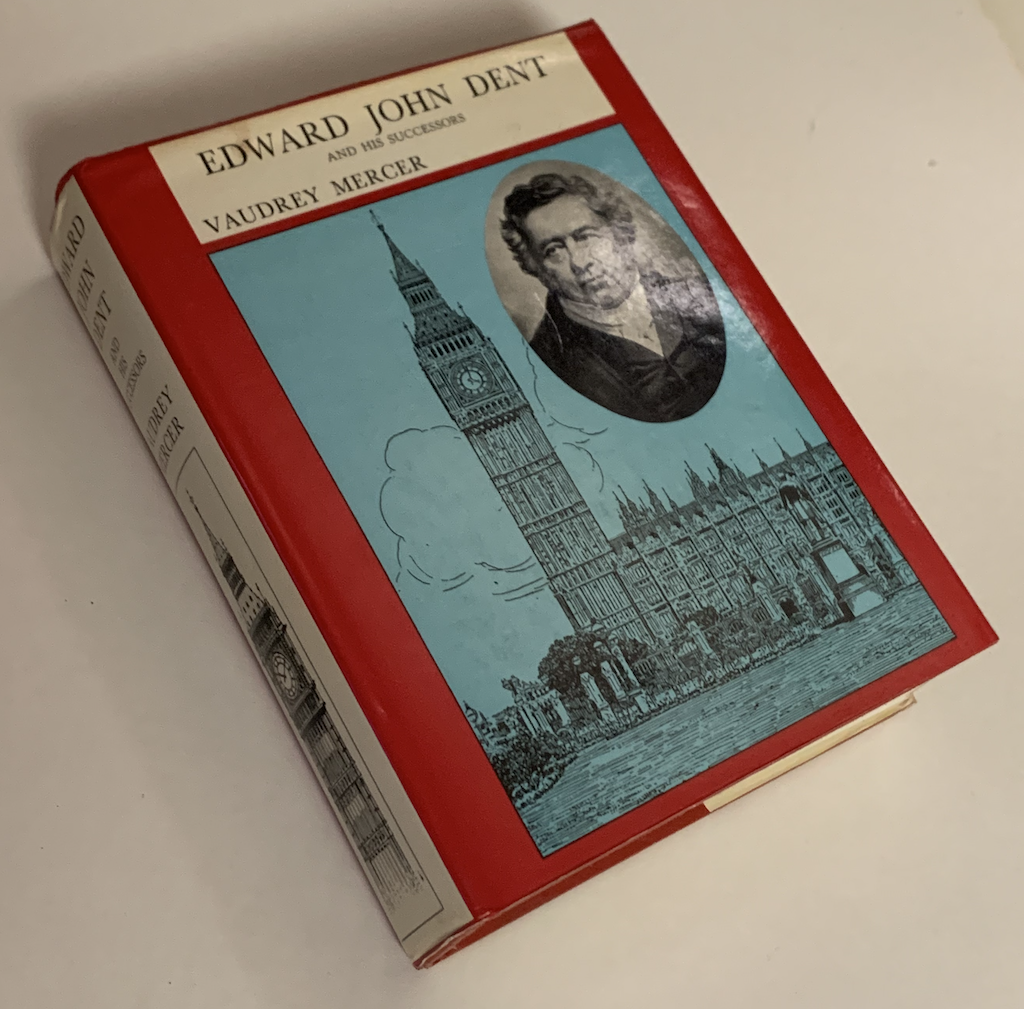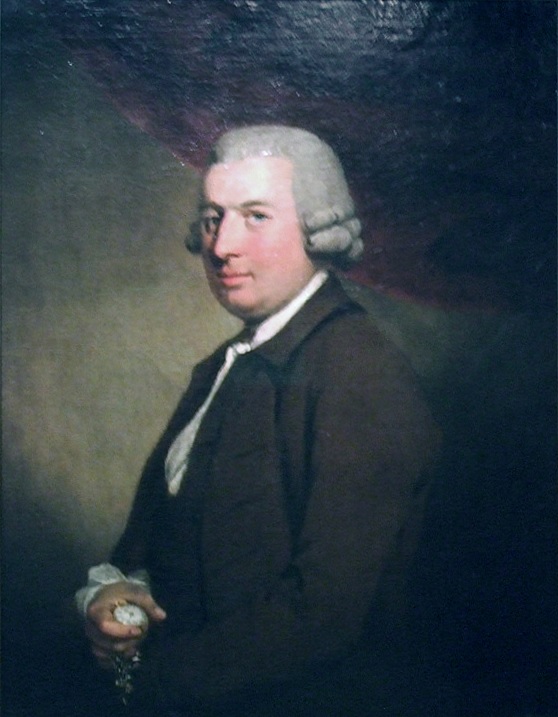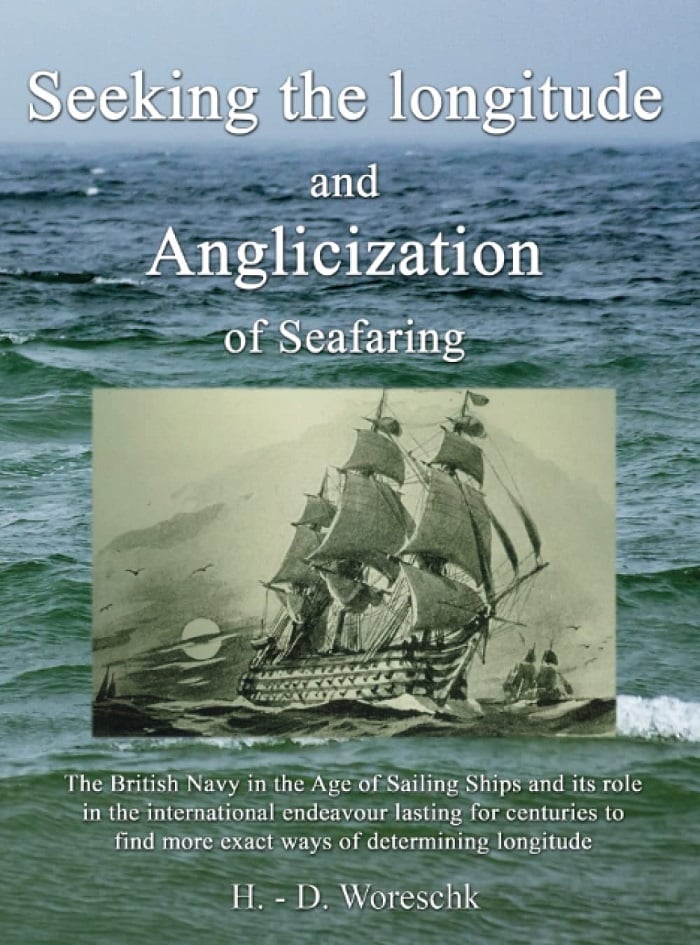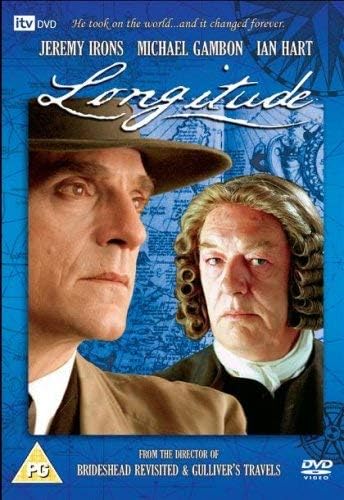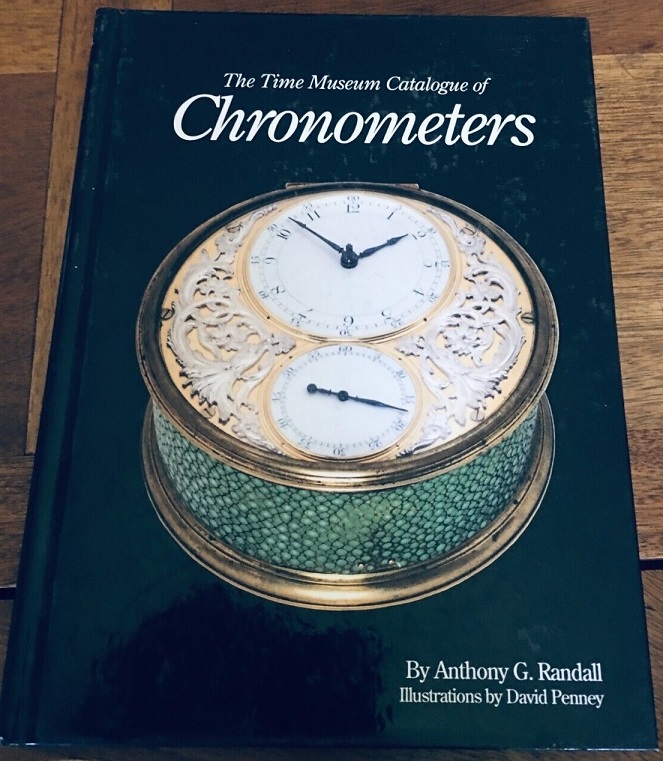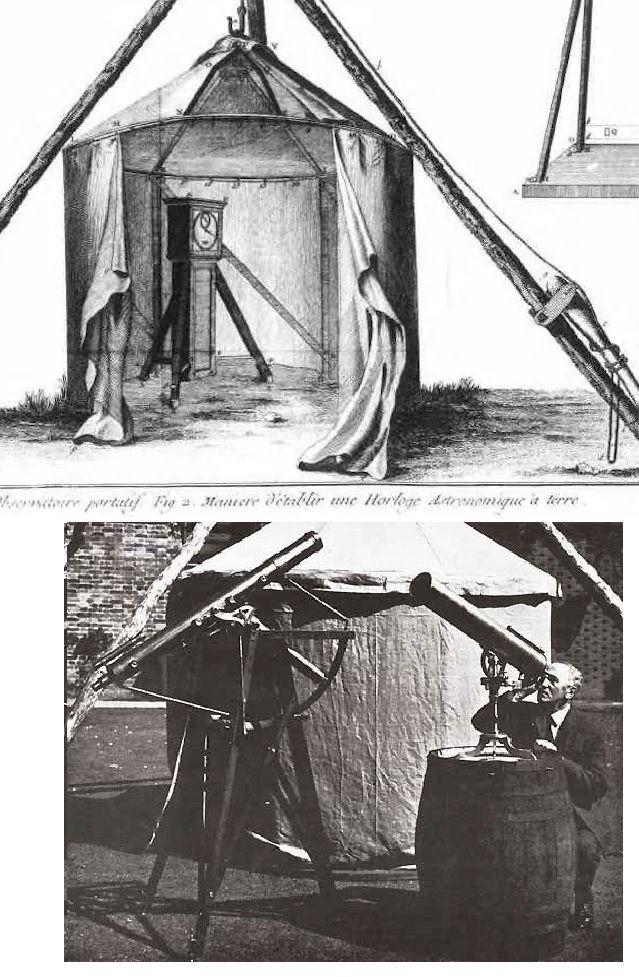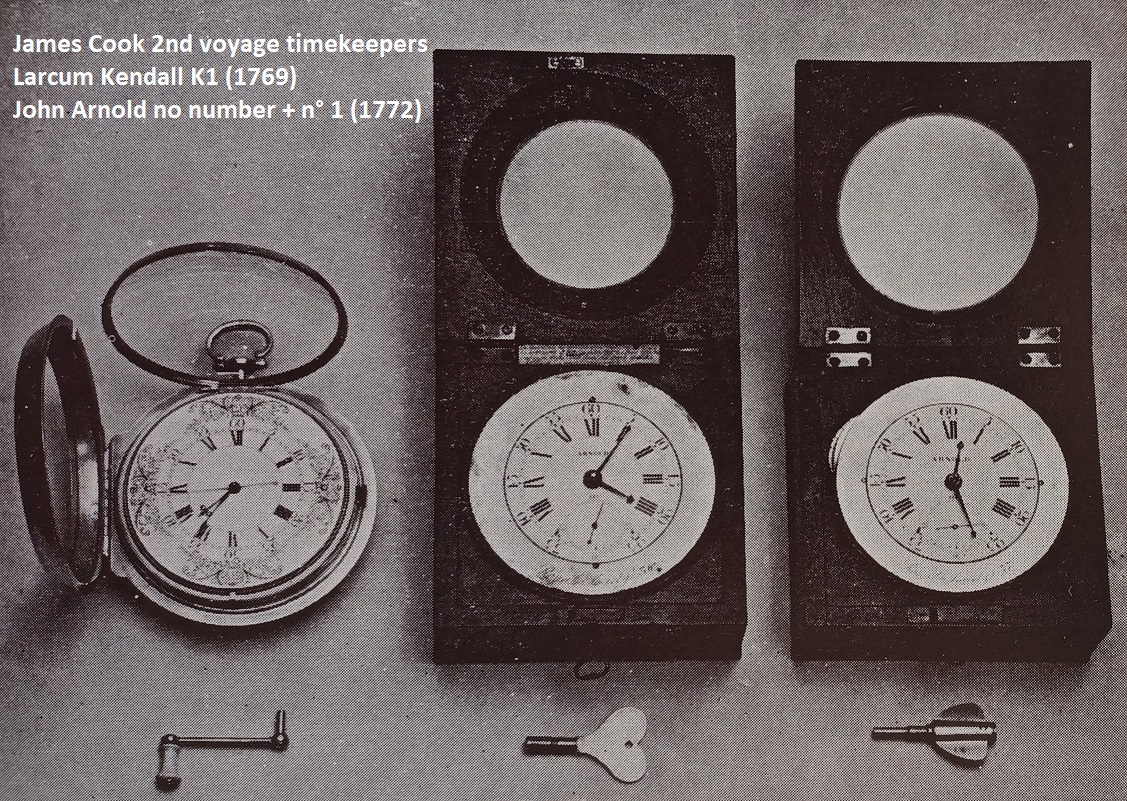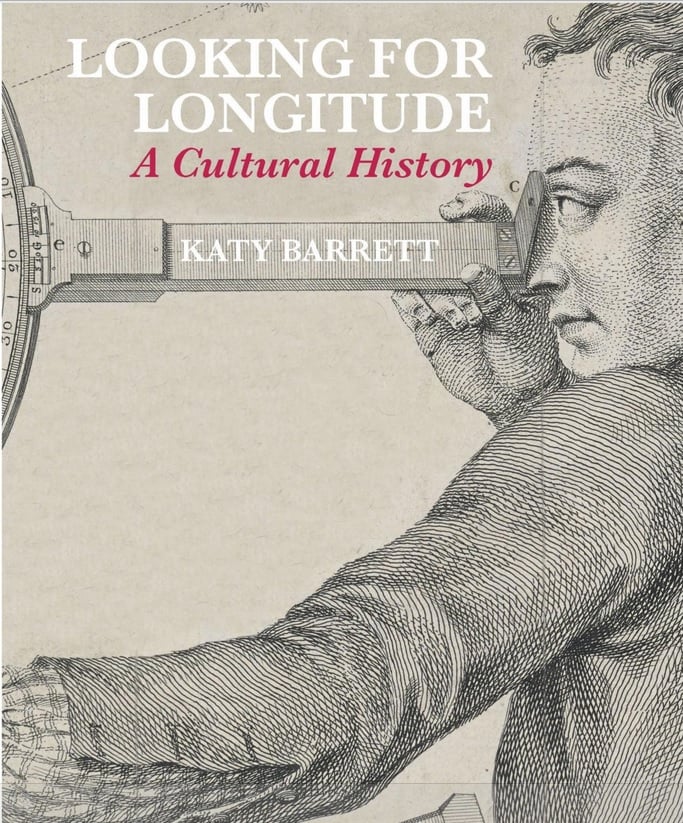SpeedyPhill
·As this was meant to be a Book review topic...
Let me give my five cents about excellent books on the topic of sea clocks and the solution to the problem of longitude
📖
1989 " The Clocks and Watches of Captain James Cook "
Howse/Hutchinson (reprint of Antiquarian Horology journal on clocks, watches and telescopes used during Royal Navy time trials)
1995 " Longitude - The True Story of a Lone Genius Who Solved the Greatest Scientific Problem of His Time "
by Dava Sobel ( 184 pages Hardcover, telling the story as a popular account, comes with bookmark with photos of Harrison's clocks )
1996 " The Quest For Longitude "
by William Andrews ( 438 pages hardcover with contributors' subjects of the Longitude Symposium, including George Daniels )
(Photo: MoonwatchUniverse)
.
Let me give my five cents about excellent books on the topic of sea clocks and the solution to the problem of longitude
📖
1989 " The Clocks and Watches of Captain James Cook "
Howse/Hutchinson (reprint of Antiquarian Horology journal on clocks, watches and telescopes used during Royal Navy time trials)
1995 " Longitude - The True Story of a Lone Genius Who Solved the Greatest Scientific Problem of His Time "
by Dava Sobel ( 184 pages Hardcover, telling the story as a popular account, comes with bookmark with photos of Harrison's clocks )
1996 " The Quest For Longitude "
by William Andrews ( 438 pages hardcover with contributors' subjects of the Longitude Symposium, including George Daniels )
(Photo: MoonwatchUniverse)
.
